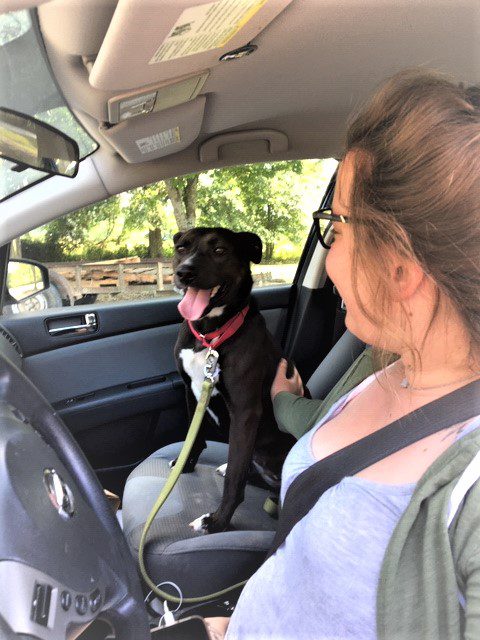The COVID-19 pandemic has disrupted everything, but for animal welfare that disruption may actually catapult communities across the country into the future in an unexpected way.
At Best Friends Animal Society, which is a national leader in the no-kill movement, we have been talking for the last few years about the future of animal shelters. Turning animal shelters into community resource centers that support families and their pets, transitioning homeless pets out of shelters and into foster care became the theme of the dream. Enter coronavirus and in real life, in real time, the shelter of the future emerged.
Take for instance Acadiana Animal Aid which has been a leading light in the state of Louisiana in the no-kill movement. In 2019 their 98.7 percent of the dogs and cats who entered the shelter had a positive outcome. But with the surrounding animal shelters suddenly closing down or severely limiting their operations because of stay-at-home measures, Executive Director Jeanine Foucher did not know if Acadiana Animal Aid would be able to keep up with the influx of animals in the community and animals in need, in addition to helping the surrounding shelters. Acadiana Animal Aid had stayed open, continuing to transfer in dogs and cats at risk of euthanasia from municipal shelters and also continued to take in animals with extreme medical situations from the public –but for how long could they keep that up?

Foucher and her staff knew their only hope was if people opened up their homes but what chance was there when so many people were either furloughed or layed off completely? When people were told to stay at least six feet away from anyone they didn’t already live with to help keep the virus from spreading, when the future was so uncertain, was it even a possibility people would offer homeless pets their home as safe place to land instead of a shelter?
“We have found that after simply voicing our needs, the community came ready to support us,” Victoria Teer, AAA’s Foster Coordinator, said. “Acadiana Animal Aid is fortunate to have a robust and active foster base. Since our initial announcement regarding operational changes due to COVID-19 on March 14, we have seen a 377 percent increase in new foster families and this response came almost naturally. We have been able to keep 93 percent of the dogs and 50 percent of the cats out of the shelter altogether because of Lafayette’s response, we are so grateful.”
Teer said one of the “biggest astonishments through all of this” has been people are more willing to take on large breeds or more challenging dogs. Bigger dogs who would have otherwise been overlooked or passed up now have tangible options. “We have a shocking amount of foster homes of people who have no pets, no kids, and are perfectly set up to take on harder to place animals,” Teer said. “Even better, most of them want to adopt now or in the future, or they are telling their friends about their experience, and it’s having this ripple effect in all directions. The fact that we have all these possibilities opens up so many doors for the dogs and cats at municipal shelters. As we tag and pull animals from other shelters, we’re lining up foster homes to pick them up the same day they come to us, so they spend almost no time at our facility.”

Since 1869 when the first shelter opened in the United States –while there has been heartening increases in lives saved –in truth the basic model was the same. Animals that were stray or were losing their home were taken to a brick and mortar facility and whatever became of the animal depended on the shelter’s staff.
But as Foucher discovered in the current environment, instead of people getting overwhelmed by circumstances outside of their control, they chose to do something remarkable and open their homes and hearts to homeless pets, either adopting them outright or fostering. People are even using their own social media to introduce their foster pets to their family, friends or online communities to help the pets find new homes. Now, instead of the animal shelter being an animal’s second chance, the community itself is the lifeboat.
It has been said by a variety of leaders that the world is permanently changed by this current pandemic. In the case of animal shelters, the “new normal” can be a better world for dogs and cats who need the opportunity to start again with a new family. When a shelter has more fosters than available pets that is a community where people see themselves as the solution.
As Foucher said: “People here in Lafayette and all over the nation are completely changing the nature of sheltering and creating a community shelter where pets have many more options. People are fostering, adopting, and finding creating ways to help rehome stray animals.”
As we move into the future of finding solutions for homeless pets, our animal shelters are going to need their community’s support more than ever. Acadiana Animal Aid provides its foster families pet food, veterinary care and behavior consultations. Because of the pandemic they have had to postpone their largest fundraiser to 2021. And while the number of animals staying at the shelter may be smaller, there still is the need for food, medical aid and care. Whether you can provide a foster home or a donation, you can help, please visit http://acadianaanimalaid.org/give/.
